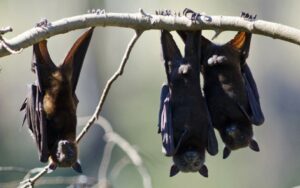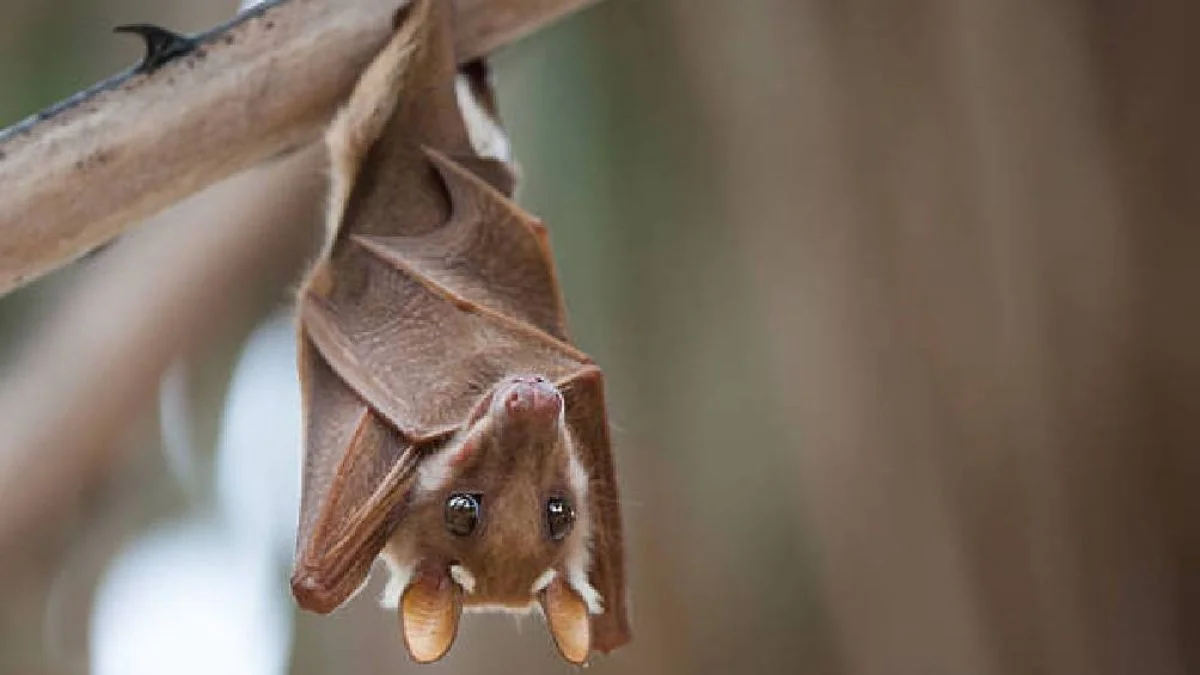A lethal fungus has become the biggest threat to bats, as they are decimating the population of these flying mammals, as reported by the park ranger of the national park in the state of Kentucky, United States. According to experts, this fact is considered an ecological tragedy that scientists hope to stop soon.
It is a microscopic fungus, causing an infection known as white-nose syndrome (WNS), which has led to the death of millions of these animals since its arrival in the North American country over two decades ago. Since then, this species has been experiencing one of the greatest disasters in recent times.
However, specialists have started working on a series of measures aimed at minimizing the impact of this deadly fungus on bats, as it has been spreading across the western United States for some time.
“We have gone from a situation where we had no idea what was happening to one where we have a range of effective tools for different places and situations,” said the WNS specialist from a federal wildlife conservation agency, Jonathan Reichard. Among these tools are the fumigation of animals and caves, and the spraying of walls with polyethylene glycol 8000 in summer, outside the bats’ hibernation period.
 This lethal fungus attacks, especially, the species that hibernate.
This lethal fungus attacks, especially, the species that hibernate.
In Search of Solutions to Stop the Lethal Fungus
In addition to fumigating caves and animals, work is also being done on the development of a vaccine against the fungal infection threatening bats, which is still in the testing phase, according to Michelle Verant, a veterinarian with the United States National Park Service (NPS).
In this regard, specialists affirm that if these tools are used “in the right place and at the right time,” they can help many bats overcome the initial phase of the disease that wiped out more than 90% of northern myotis, Cuvier’s bats, and brown bats, the three most affected species.
The infection primarily affects hibernating species. In fact, bats in the vast Mammoth Cave in Indiana are also victims of this fungus. However, it has gone largely unnoticed, as most visitors are unaware of the existence of this disease.
 Bats suffer from White-Nose Syndrome.
Bats suffer from White-Nose Syndrome.
A Threat to Bats
White-Nose Syndrome, named for the spots it generates around the muzzle, ears, and wings, is a disease that affects hibernating bats, disrupting their sleep and forcing them to expend stored energy.
On several occasions, caves have been found with these flying mammals dead, hanging side by side, or sick animals crawling on the ground. The first recorded case occurred in Mammoth Cave, Kentucky, in 2013. Since then, the infection has spread throughout the region.
While it is true that the disease only affects these mammals, its repercussions can be much larger, as they feed on insects with an essential ecological role.
Have you visited our YouTube channel yet? Subscribe now!

